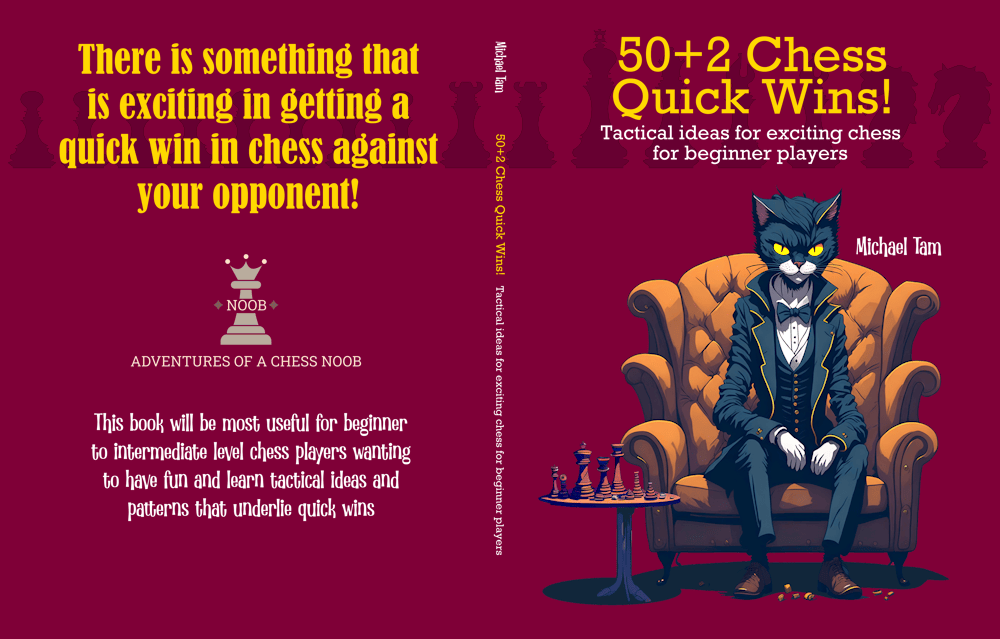
Englund Gambit | UNSOUND FUN CHESS!
#englund #queenspawnopening
I love the Englund Gambit. In my new book "50+2 Chess Quick Wins: Tactical ideas for exciting chess for beginner players", the infamous Englund Gambit trap line is Quick Win #1, and I have had good success with the Englund. Indeed, at the time of this article, I win over 60% of games where White accepts the Englund Gambit, which evaluation-wise, is their only good move!
The tactical idea of the Englund Gambit is the equivalent of immediately throwing a grenade in the centre of the field. Effectively, we're ruining White's attempt to play a solid and civilised game of the Queen's Pawn Opening! I don't generally like the positional and closed lines that often comes out (1. d4 d5) so this suits me well!
As we can see in this game, after White accepts the gambit, it immediately gets tactical and complicated. I don't play the most accurately, but nonetheless, by move 10, the dust has settled, and I've achieved my goal. The game moving into the middlegame is a bit weird, White's preparation and experience with Queen's Pawn Opening theory is of no help to them, and we even have equality with an evaluation of [0.00]!
Moreover, the middlegame is tactical and dynamic rather than position! As I don't play many games, and don't really play chess for rating, I want my games to be fun rather than stressful!
Now, this was a match in the daily format, in fact, as a part of an under-1200 tournament between Team Australia and the France-Deutschland Group clubs. One of my bad habits is playing moves while on the go, and this often results in egregiously bad moves by me! My first bad mistake was (21. Nxb2), which just hangs the knight. In my undercalculation, I had assumed that White could only capture with one of their rooks, which would then expose them to a fork. But this was simply wrong, and annoyingly, I saw it only AFTER I had confirmed the move!
However, I decided to play on. White was better even though we technically were equal in material. A bishop pair (6 points) is almost always better than a rook and pawn (also 6 points). However, I did have some compensation in that the captures resulted in me gaining a passed c-pawn that was only three steps from promotion. This potentially could result in one of White's pieces being stuck in a passive position, to guard against this powerful pawn.
Moreover, the capture sequence resulted in White moving their remaining rook off their back rank - potentially, there was a tactical possibility of back rank mate, if I could teleport my rook to their back rank...
On move 27, I found a clever tactic that made use of some potential psychological biases held by White. White had seen their potential back rank mate risk, so created an escape with an h-pawn advance. However, by taking away the risk of back rank mate, White is more likely to miss OTHER back rank threats as they've turned their attention away from the back rank. With (27... d4) I seemingly have hung my d-pawn and indeed, White captured with (28. exd4). This was a blunder! Their e-pawn was pinned to the back rank as by opening the e-file, I now had (28... Re1+), and absolute fork on the back rank of White's king and bishop on d1! White suffers emotional damage and resigns the next turn. GG!
The big takeaway from this game is that although the Englund Gambit is unsound, it often leads to fun chess! Consider giving it a go against (1. d4), especially at the beginner-intermediate level!
Game on chess.com: https://www.chess.com/game/daily/572311965




